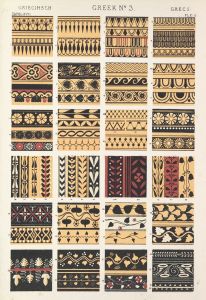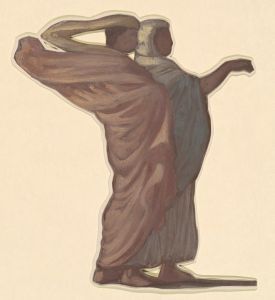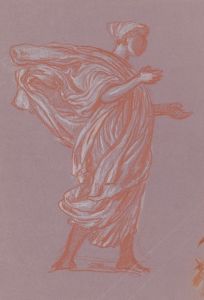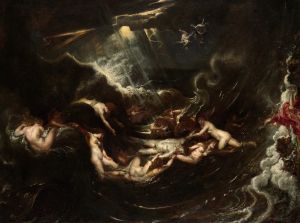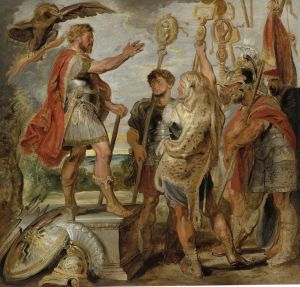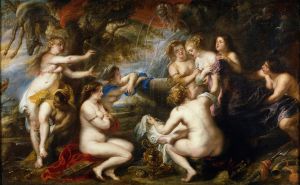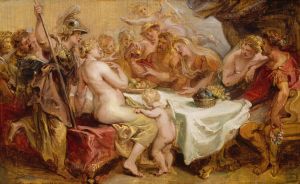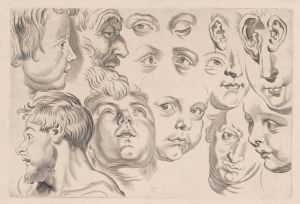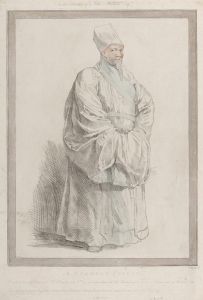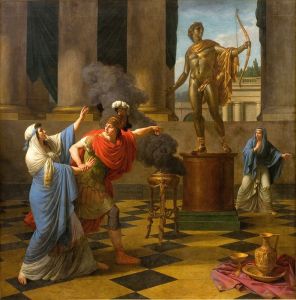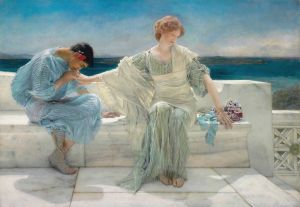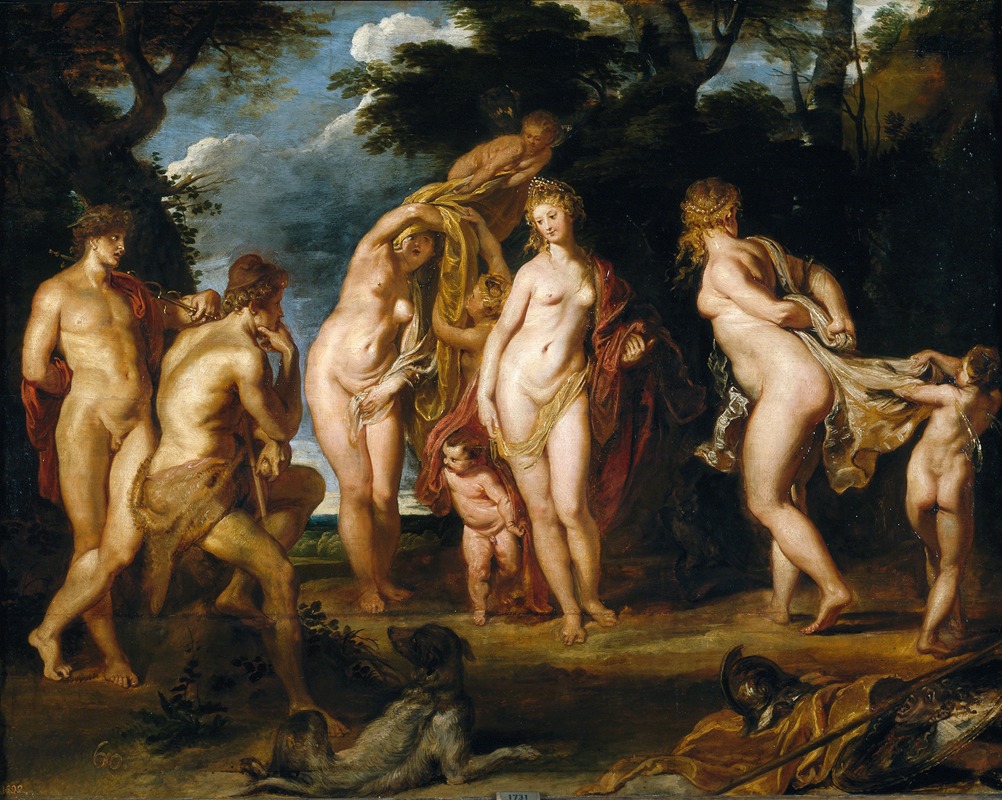
The Judgment Of Paris
A hand-painted replica of Peter Paul Rubens’s masterpiece The Judgment Of Paris, meticulously crafted by professional artists to capture the true essence of the original. Each piece is created with museum-quality canvas and rare mineral pigments, carefully painted by experienced artists with delicate brushstrokes and rich, layered colors to perfectly recreate the texture of the original artwork. Unlike machine-printed reproductions, this hand-painted version brings the painting to life, infused with the artist’s emotions and skill in every stroke. Whether for personal collection or home decoration, it instantly elevates the artistic atmosphere of any space.
Peter Paul Rubens' "The Judgment of Paris" is a renowned painting that depicts the mythological story of Paris, a Trojan prince, who was tasked with choosing the fairest goddess among Hera (Juno), Athena (Minerva), and Aphrodite (Venus). This decision ultimately led to the events that sparked the Trojan War. The painting is one of several interpretations of the subject by Rubens, a Flemish Baroque painter celebrated for his dynamic compositions, vibrant use of color, and masterful depiction of the human form.
The work is based on the classical myth as recounted in sources such as Homer and later Roman poets like Ovid. According to the myth, Paris was asked to judge a beauty contest between the three goddesses, each of whom offered him a bribe. Hera promised power, Athena offered wisdom and military success, and Aphrodite promised him the love of the most beautiful mortal woman, Helen of Troy. Paris ultimately awarded the golden apple to Aphrodite, setting in motion the events that led to the Trojan War.
Rubens' painting captures the moment of judgment, with Paris seated and the three goddesses presented before him. The composition is typical of Rubens' style, featuring dynamic poses, rich textures, and a lush, naturalistic background. The goddesses are often depicted nude or semi-nude, emphasizing their beauty and divine nature, while Paris is shown as a youthful figure, often accompanied by Mercury (Hermes), who acts as a guide or intermediary in the scene. The inclusion of Cupid (Eros) is also common in Rubens' versions of this theme, symbolizing the role of love in Paris' decision.
Rubens painted multiple versions of "The Judgment of Paris" throughout his career, each showcasing variations in composition, color, and detail. One of the most famous versions is housed in the Museo del Prado in Madrid, Spain. This version, completed around 1636, is notable for its intricate detail and the voluptuous forms of the figures, which are characteristic of Rubens' mature style. Another version is located in the National Gallery in London, which also reflects Rubens' fascination with classical mythology and his ability to reinterpret ancient stories through the lens of Baroque aesthetics.
The painting exemplifies Rubens' skill in blending mythological themes with the artistic ideals of the Baroque period. His use of light, texture, and movement brings the myth to life, while his attention to anatomical detail and emotional expression underscores his mastery of the human form. "The Judgment of Paris" remains a significant work in the history of Western art, reflecting both the cultural fascination with classical mythology during the Renaissance and Baroque periods and Rubens' enduring influence as one of the greatest painters of his time.





